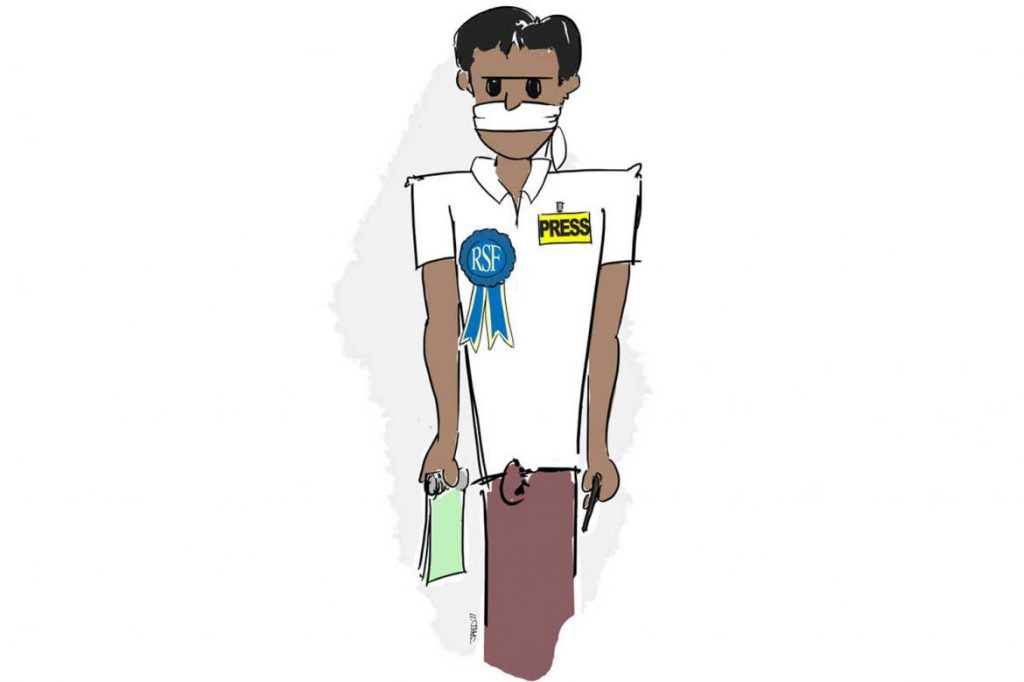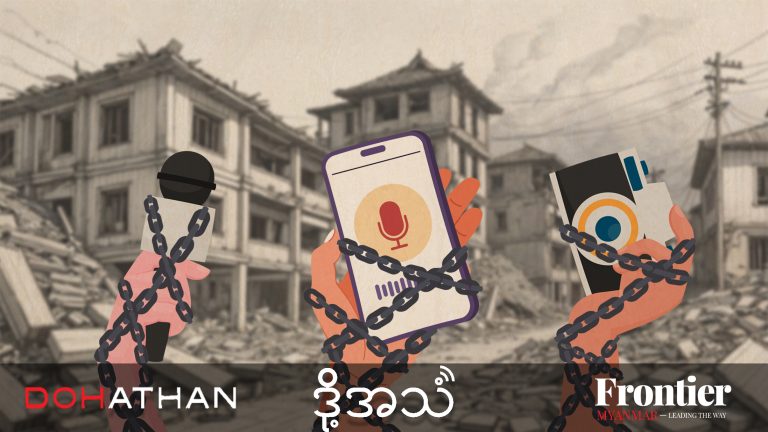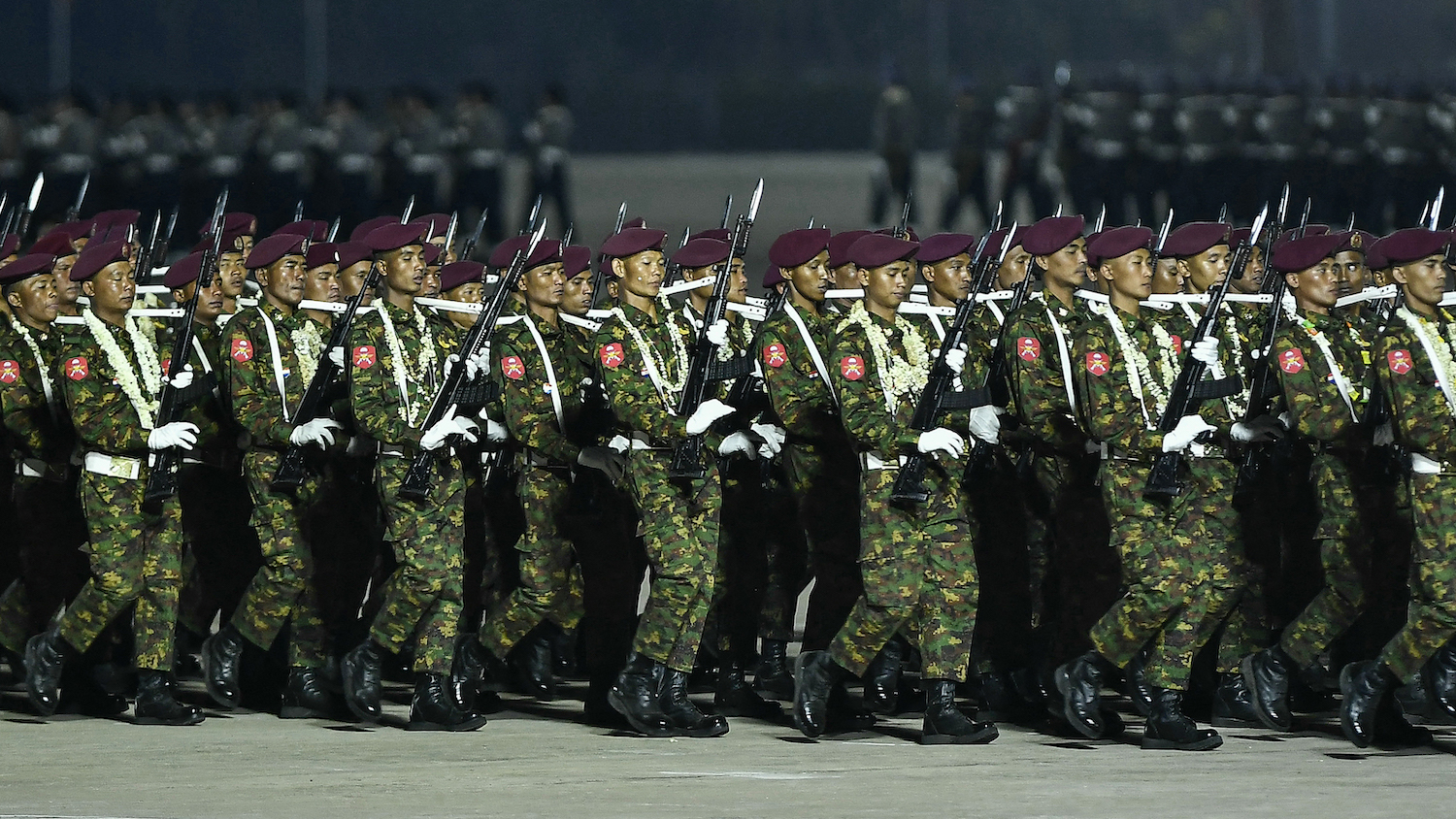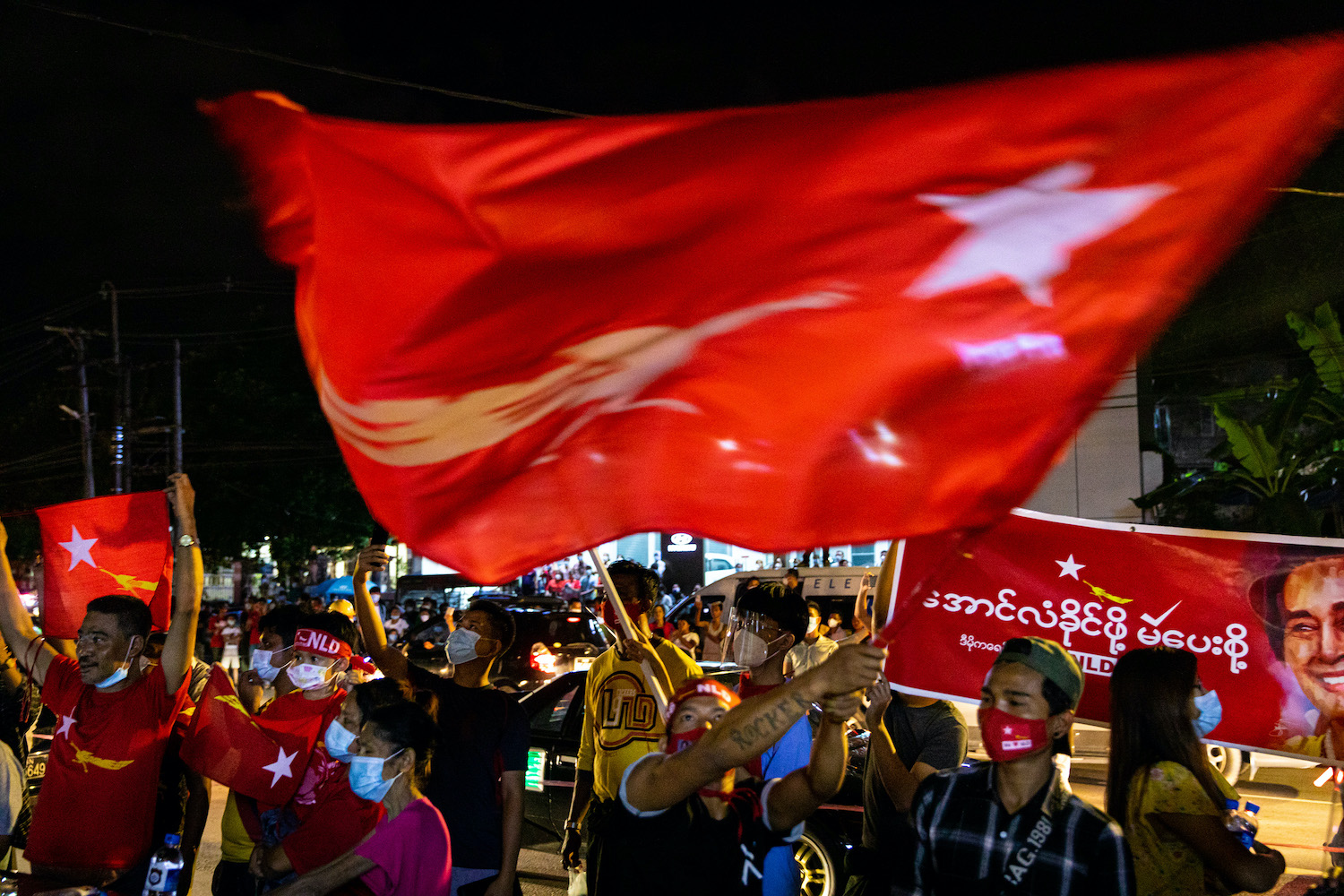The government is as secretive and non-transparent as its predecessors.
A FEW eyebrows were raised last month – not least in the Frontier office – when Reporters Without Borders (RSF) released its annual Press Freedom Index.
Myanmar was among the most-improved countries of the 180 surveyed, rising 12 places to 131 – only Italy and Fiji recorded bigger jumps up the rankings. Myanmar’s score improved 3.66 points, with only Laos, Pakistan and Sweden recording better results.
This should be good news. So why are we complaining?
It’s not necessarily that Myanmar’s ranking of 131 is undeserved. The country has made massive strides on media freedom over the past five or six years. But the sharp rise on the 2017 index sends the false signal that the environment for reporting improved during last year. Frontier would argue that the opposite is true.
The government is as secretive and non-transparent as its predecessors. Journalists remain locked out of parliament sessions and are regularly denied information by government agencies, including when using the information request provisions of the News Media Law. It continues to subsidise state media outlets that unashamedly push government propaganda.
Support more independent journalism like this. Sign up to be a Frontier member.
Similarly, the military has failed to show any commitment to media freedom. Most notably, it has almost entirely blocked access to northern Rakhine State for independent journalists.
RSF researchers also apparently failed to take into account the death of journalist Ko Soe Moe Tun in Monywa in December, whose killers are still yet to be brought to justice.
But it’s the growing application of section 66(d) of the Telecommunications Law that is the most worrying development. As has been well documented, there were seven cases under the former government, but 38 from when the National League for Democracy took office to the end of 2016 (the figure is now well above 50).
The NLD government has been complicit in these prosecutions, because every case requires sign-off from the Ministry of Communications and Transport. It has the power to stop them, but it has chosen not to do so. It has also been slow to act on amending the law, although it insists changes are coming.
Yes, most of the cases have not targeted journalists – but there have been some, most notably Dr Than Htut Aung and Ko Wai Phyo of Eleven Media, who were held in Insein Prison for two months. (The case against Ko Swe Win, of Myanmar Now, was filed in 2017 so would not have been included in the RSF calculations.)
More significantly, 66(d) has created a new culture of self-censorship – not only for journalists, but anybody who uses the internet, and particularly social media.
It enables anybody who dislikes a news report published online to file a complaint to police, after which the journalist responsible can be arrested and held without bail.
It is hard to overstate what an important blow that is to press freedom.
So how did RSF arrive at Myanmar’s ranking, then? The result is based on two scores, one for abuses during 2016 and another for the overall media landscape. The former is based on research by RSF and the latter on an 87-question survey conducted with a range of stakeholders, including journalists inside the country, which examined issues such as self-censorship, pluralism and independence.
Myanmar’s score on abuses was low relative to its overall position, at 19.46, but its “underlying situation score” – taken as its overall ranking, because it was the higher of the two – was 40.82.
It’s impossible to know what the improvement was based upon, as we don’t have access to the detailed survey results, or even the abuses and situational scores for last year.
For the most part, those abuses occur in rural and border areas, and particularly affect journalists covering conflict.
But even in Yangon, reporting freely can be a challenge. In Thaketa Township on April 28, journalists were threatened and even physically attacked by nationalists for simply trying to do their job (read our full report on pages 8-13). According to reporters on the ground, the aggression and hatred towards the media was palpable.
The authorities then stopped the media from covering the confrontation, including the discussions that resulted in several Muslim schools being sealed on seemingly spurious grounds. They refused to speak to the media and explain why the schools had been closed.
This is significant. It’s the job of the media to hold those in a position of power to account, whether they are government officials, businesspeople, security forces or nationalist leaders. When the media is stopped from doing its job, it simply makes it easier for the strong to misuse or abuse the law and take advantage of the weak.
This editorial originally appeared in the May 4 edition of Frontier.







